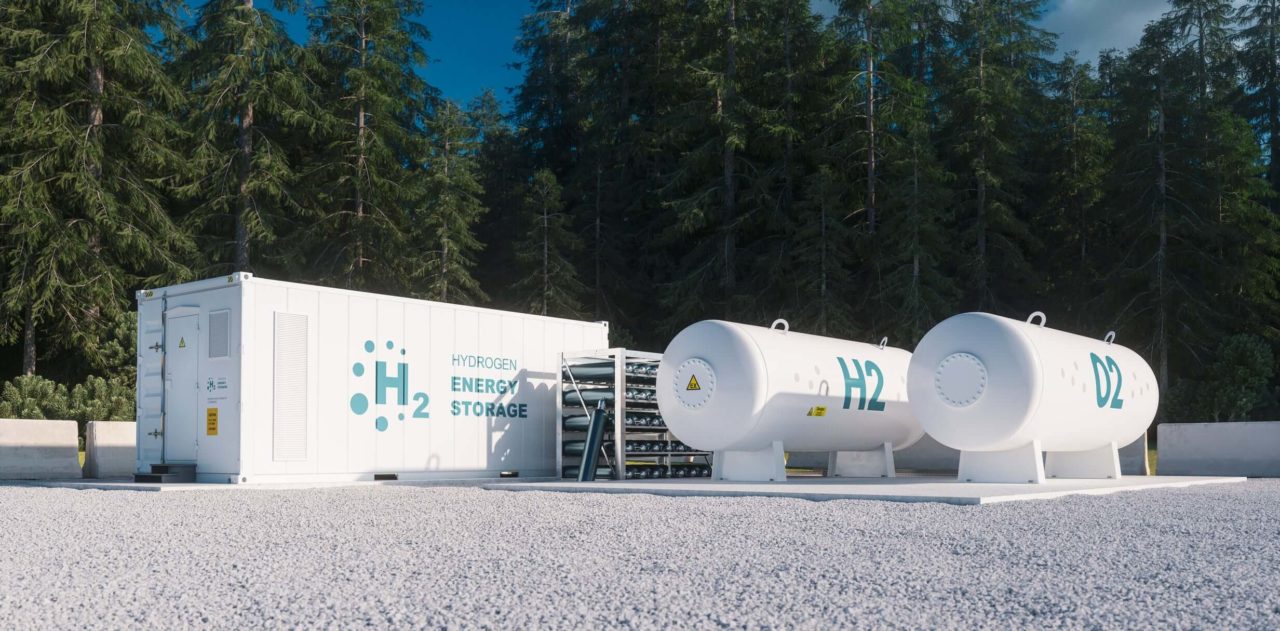
The industry has long struggled to find safe and efficient hydrogen storage options, but a discovery made in the seas off the coast of ancient New York may offer the key.
Hidden inside rocks have been found tiny pockets of water from the ocean that covered New York state 390 million years ago. The iron pyrite framboid, named for its raspberry-like look, was found to contain ancient water, as reported by researchers in the journal Earth and Planetary Science Letters.
According to recent research, microscopic knitwear samples that have been kept hidden for hundreds of millions of years may hold important information about the history of hydrogen storage as well as the environment of the ancient Earth.
Scientists studying climate change can compute past temperatures and other oceanic properties with the aid of mineral deposits. The likelihood that scientists may find crucial information increases with the amount of minerals in the environment. The scientists of this particular ancient ocean water discovery are optimistic about what they might learn as they have found an abundance of pyrite.

“We see that they can trap water and in turn it’s likely that they could trap hydrogen as well. So with all the effort going into understanding the storage of hydrogen underground, it is important to consider what role these defects may have and we think we can apply this approach to do that”, stated Sandra Taylor, a scientist at the Pacific Northwest National Laboratory (PNNL) of the Department of Energy and the study’s principal author. This study demonstrates the presence of minute flaws in minerals at the nanoscale level.
A breakthrough for hydrogen storage
The study’s potential to increase our understanding of the safe subterranean or rock storage of hydrogen fuel and other explosive gases is one of its intriguing aspects.
Effective and safe hydrogen storage can be difficult to guarantee. While it can be stored as a compressed gas, it is highly explosive. Furthermore, liquid hydrogen has a low boiling point, even if it is another alternative for storage. This means it must be stored at extremely low temperatures of -252.882 degrees Celsius.
“These new findings provide a surprising and potentially very powerful way to trace evolving ocean chemistry, and the changes in the atmosphere and life by inference, far more directly through what seem to be trapped tiny pockets of seawater”, stated Timothy Lyons, a co-author of the study and a professor of biogeochemistry at the University of California, Riverside.
This discovery can help make it easier to use and rely on hydrogen as a clean energy fuel in the future.
Read the full paper here.
Also read Scottish team to explore underground hydrogen storage

Our work with hydrogen
Universal Kraft works in the implementation of green efficient solutions covering the entire power production chain, and intends to be a part of the change. We have been working with green hydrogen production for several years through our partner company Universal H2.
We think hydrogen might help with storage, clean energy distribution, heavy transportation, and industry use—some of the major problems facing the energy transition. In the new era of renewables, hydrogen and ammonia are a green option to fossil fuels, providing the same functionality on a large scale.
In addition to direct electrification, hydrogen allows the green industry to make an impact outside of the grid through the production of green hydrogen for energy storage, gas greening through hydrogen methanation, and feedstock for locally produced, high-temperature industrial processes that are challenging to electrify.

A comprehensive and sustained shift to renewable energy depends on these green power options. For a period of years, Universal Kraft has been developing novel and alternative energy storage technologies.
Discover more about our solutions here.




